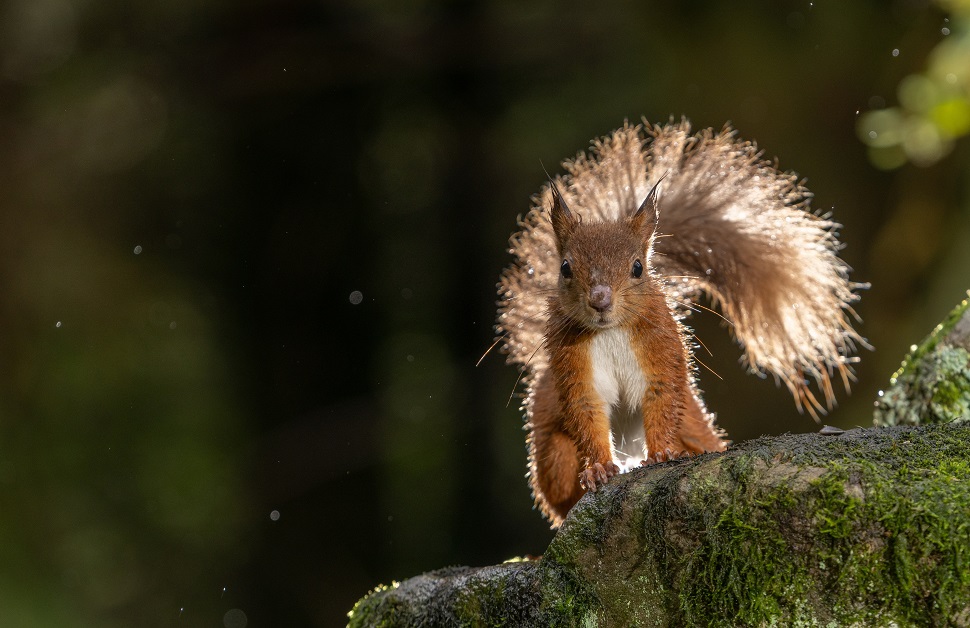
Famous for its amalgamation of small towns and cities surrounded by authentic countryside, a large portion of green areas are available to be found all over the Yorkshire and the Humber region. While West Yorkshire and South Yorkshire are mainly urban through the presence of urbanised Leeds, Bradford, Huddersfield and Wakefield in the west and Sheffield, Doncaster, Rotherham and Barnsley in the south respectively, North Yorkshire and East Riding of Yorkshire are considered largely rural.
Labelled “God’s Own Country”, the average farm size in the Yorkshire region equates to 91 hectares, but with the multitude of developed patches of land, an estimated 20% of residents live in the countryside areas. Opportunities for various animal species, however, are present in vast numbers, with countless mammals in the grasslands and parklands, birds roosting and navigating across the many dales and wolds, and marine species in the East Yorkshire coastline and the region’s selection of estuaries.
For a closer look at the wildlife Yorkshire has to offer, Arbtech delivers an extensive overview of the animal species situated throughout the region.
Wildlife in Yorkshire
Just short of 100 different animal species that are classed as UK priorities inhabit sections of Yorkshire and the Humber, and that number alone accounts solely for mammals. All of them feature in the Yorkshire Dales National Park, with efforts made to support a total of 17 different existing habitats.
Wildlife Places in Yorkshire
As you may already be aware, the Yorkshire and the Humber region is split between the counties of East Riding of Yorkshire, North Yorkshire, South Yorkshire and West Yorkshire.
Due to the close proximity to the North East region, the North Yorkshire county shares an overlap between Yorkshire and the North East, leaving York, Middlesbrough, Stockton-on-Tees, and Redcar and Cleveland occupying two regions simultaneously.
Below, you will find a brief introduction to a chosen selection of rare wildlife species with proven occupancy in Yorkshire.
Rare Yorkshire Wildlife
Brown Hare
Occupying the masses of Yorkshire farmland, brown hares can be seen racing at speeds of around 40 miles per hour on open patches of land with sufficiently rough grasslands. Expansive rural areas such as the Yorkshire Wolds are suitable locations for brown hares, where the solitary creatures are usually by themselves to successfully evade predators.
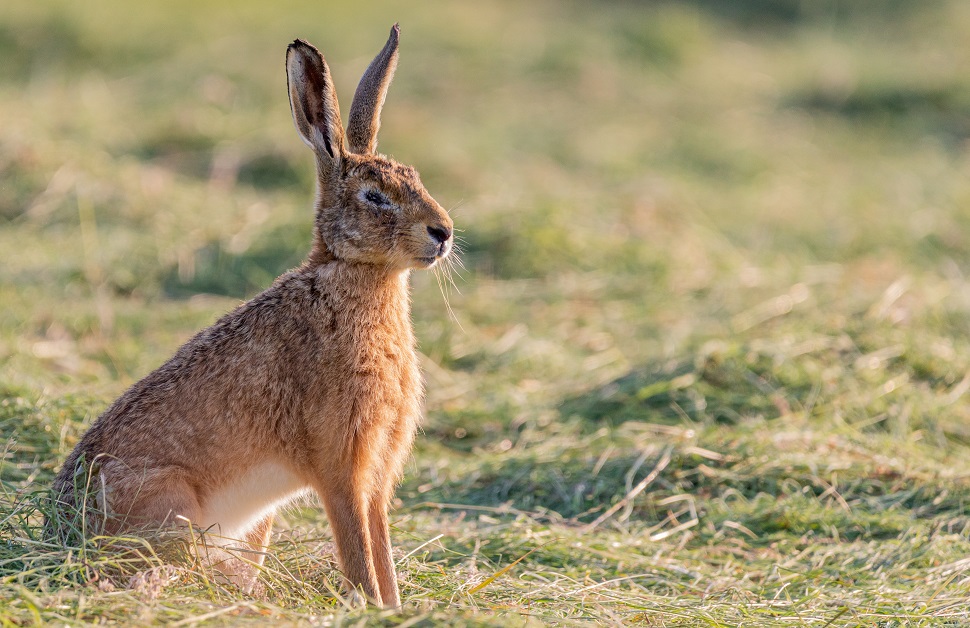
Specific circumstances, however, may see brown hares in groups. The primary reason would be related to the mating process, whether that involves finding an adequate mate or boxing other brown hares to win the affection of prospective mates and halt the advances of competitors. As the name implies, brown hares are brown in colour, but with long ears with black tips at the ends.
Kingfisher
A bird species with mostly widespread distribution, kingfishers also occupy parts of Yorkshire, namely Howsham in North Yorkshire and Melbourne in East Yorkshire. While they are often found in numerous parts of the country, the abundance of marshes, ponds, reservoirs, grasslands and woodlands makes the Yorkshire region a fantastic place particularly suited to kingfishers.
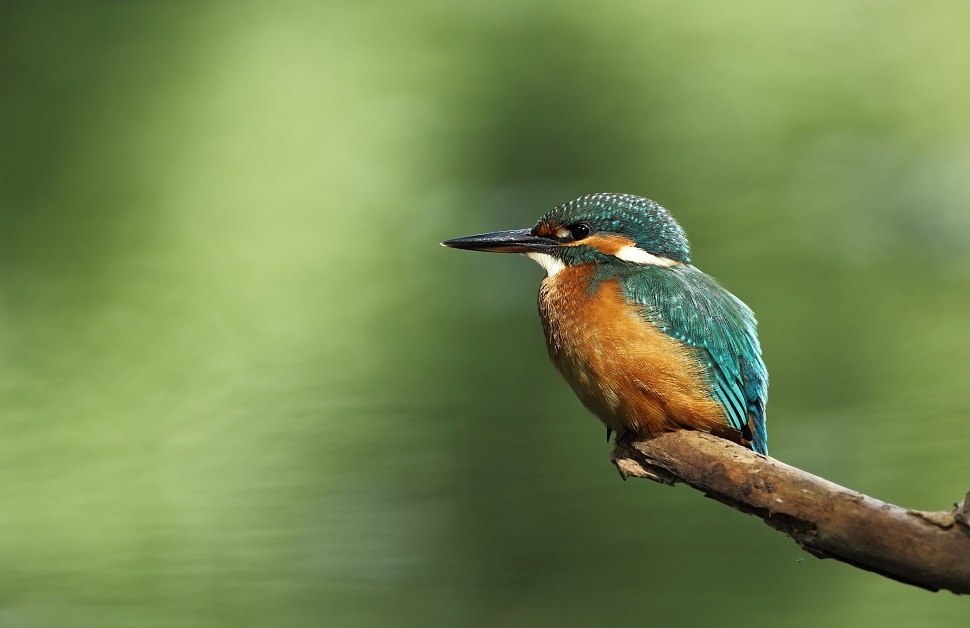
Distinct in appearance and nature, before seeing a glimpse of a kingfisher, it is likely that you will first hear their high-pitched call. Even then, you may be unable to see them due to the exceedingly high speed they travel at. Kingfishers appear in blue and copper colours, with parts of their fur almost looking luminescent, and they remain active throughout all months of the year.
Puffin
Otherwise titled the ‘sea parrot’, puffins aren’t necessarily the first animal species that would come to mind when you think of Yorkshire. The seaside town of Bridlington in the East Riding of Yorkshire, however, has a large number of puffins and puffin nests, supported by the chalky cliffs and rocky islands situated in the surrounding sections of the Yorkshire coast.

The nearby Bempton Cliffs Nature Reserve offers sanctuary to puffins, alongside barn owls, gannets, guillemots and tree sparrows. Puffins are black and white, and waddle like penguins but with bright orange beaks and legs. The puffin breeding season takes place between March and July, only concluding when they migrate to sea for the remainder of the year.
Red Kite
Known for soaring high in the sky and performing impressive aerial displays, red kites are a type of bird present in Yorkshire after several of them were transported from Europe in 1999 and released near Harewood House in West Yorkshire. From then onwards, the red kite was able to grow a colony on the estate and utilise the rural surroundings of the stately home to swoop across the grounds.
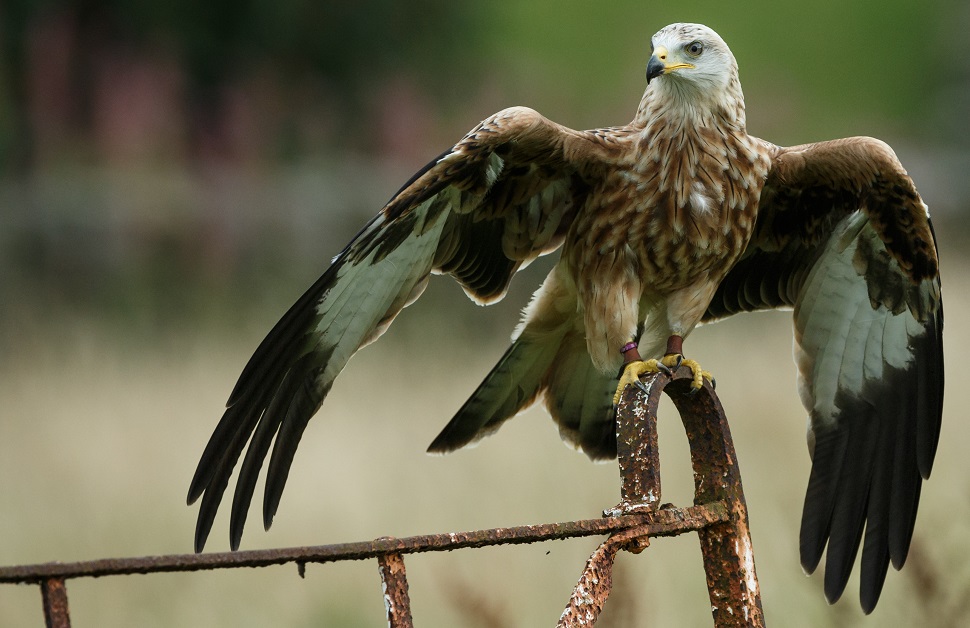
By bringing red kites across to England, the fear of extinction has been minimised. The species has a grey head, a hooked yellow beak, a red or brown body, a forked tail, and a wing span reaching 185 centimetres. All of the tips of the red kite’s wings, tail and beak are much darker than the rest of them, and they are prone to coming together to roost on winter afternoons before gathering food at dusk.
Red Squirrel
Almost identical to grey squirrels except for their colour, size and tufts of hair on the tips of their ears, red squirrels feature among the protected species in the UK with the highest level of risk. It comes as a result of grey squirrels passing on squirrel pox to red squirrels. Grey squirrels are immune to the disease, but as it is deadly to red squirrels, transmission on a large scale is catastrophic to the remaining populations.
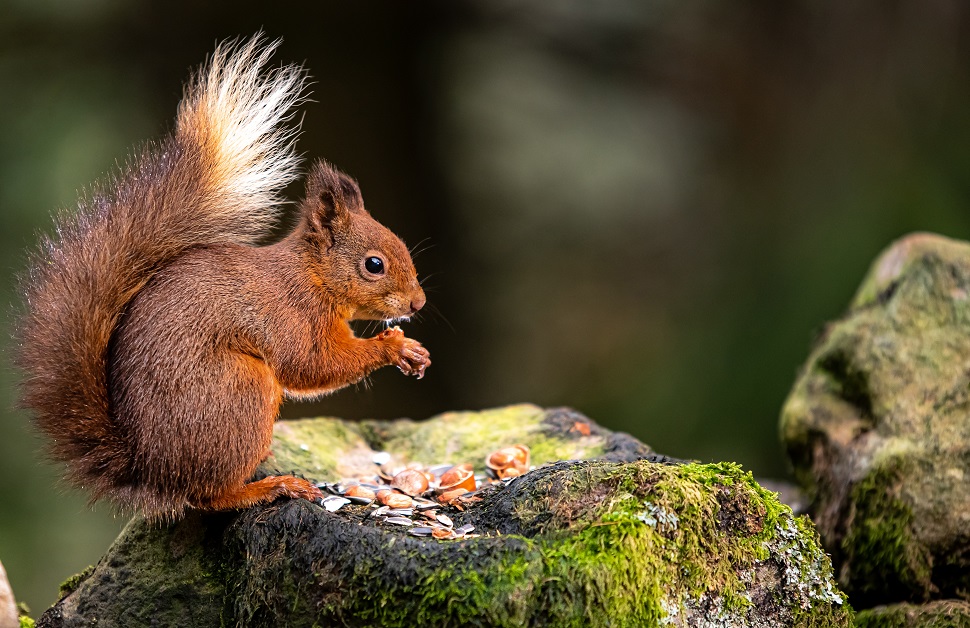
Out of the few surviving colonies left in the UK, one is in the Cotterdale area of North Yorkshire, where sightings are more frequent in March but likely all year round. Red squirrels are inquisitive and tricky creatures that enjoy a variety of rural features to explore and form habitats in, such as the coniferous woodland, vast grassland and stonewalls found in the Yorkshire region.
Red Deer
Standing as tall as four feet at the shoulder and weighing as much as 200 kilograms, the red deer is the UK’s largest land mammal. Studley Royal is a parkland area in Yorkshire populated with beech, chestnut and oak trees, and on this particular patch of land are multiple red deer. That said, the species inhabits various parts of the world, including the majority of Europe and sections of West Asia.

Every October, red stags will take part in a wildlife spectacle known as the red deer rut. It involves locking antlers and wrestling with one another as a display of strength to potential female partners. In between fights, they will roar, roll around, stamp and decorate their antlers with moss to show dominance over their counterparts. Red stags are usually red or brown with a cream rump and antlers that grow with age.
Roe Deer
Although other large mammals such as brown bears, wildcats and wolves became extinct in the region several hundreds of years ago, the Yorkshire Dales remains home to roe deer, as well as many of the local nature reserves. With growing population numbers, the roe deer is beginning to be subject to a higher number of sightings in the UK, particularly in Yorkshire and Southern England.
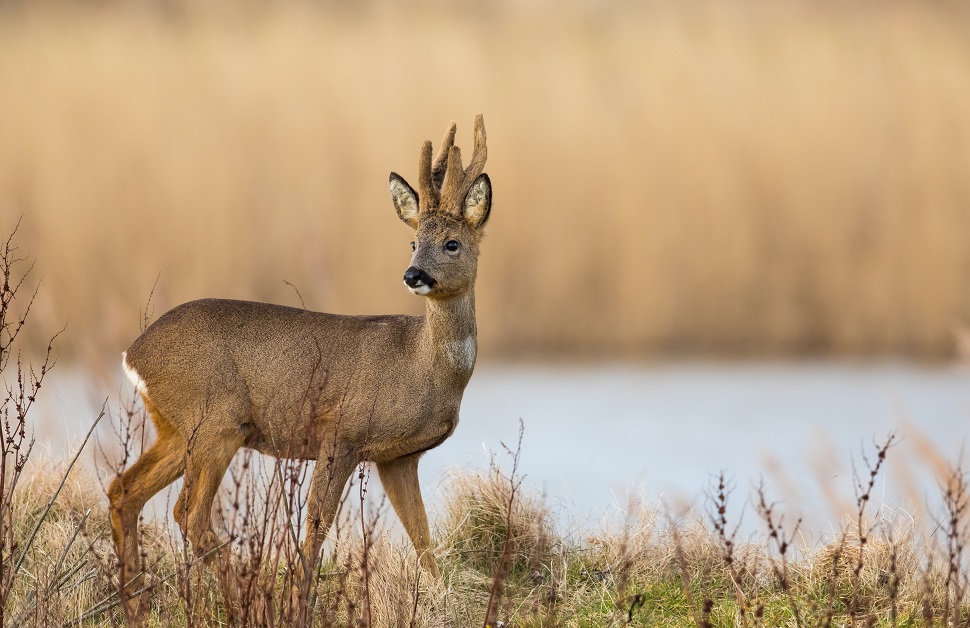
A common tendency in species of deer, it is typical for the roe deer to be quiet and scared easily by the subtlest of noises and movements. Their appearance alternates from season to season, displaying bright red or brown fur in the summer before changing to a much duller shade of brown in the winter months. Males and females have a white chin and rump with black noses, and the antlers of adult bucks shed and regrow each year.
Woodcock
Nocturnal birds that are secretive and expertly evade hunters, the woodcock has been sighted at Cropton Forest in North Yorkshire, and they are found sporadically across the Yorkshire coast. As with many bird species, they spend a lot of their peak time in Scandinavia before migrating to Yorkshire and other parts of the UK during the especially harsh winter months.
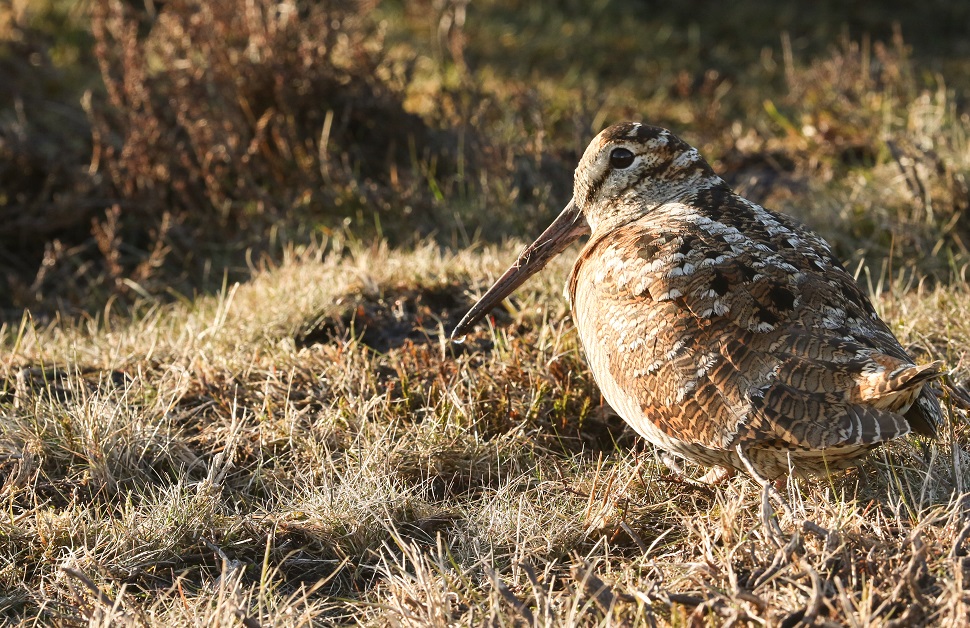
Recent years have seen a drop in breeding populations, not helped by fewer areas with sufficient habitat suitability. Woodcocks are large and bulky, with a long tapered bill and short legs, and as an elusive species, it benefits them that their plumage is similar in appearance to the woodland floor, allowing them to emerge at night to feed without being spotted.
Other Wildlife in Yorkshire
As well as the species listed above, protected animal species in Yorkshire also include:
- Badgers
- Barn owls
- Bats
- Beavers
- Bitterns
- Black grouse
- Dolphins
- Golden plovers
- Goshawks
- Hedgehogs
- Mice
- Minks
- Otters
- Red foxes
- Shrews
- Stoats
- Water voles
- Weasels
- Whales
- White-clawed crayfish
Supporting Wildlife Located in Yorkshire
Any number of variables are capable of negatively impacting the wild animals in circulation across the Yorkshire and the Humber region. Examples include the unavoidable influence of potentially destructive components, such as certain invasive species of plants, pests and diseases that could pose a substantial threat to the type of wildlife in question.
Another inescapable factor that will always naturally infringe on the safety of wildlife in Yorkshire and in all other areas is the roles humans play. Although multiple actions have the ability to disrupt animals and their habitats, the most common cause revolves around exercises and practices that contribute to the completion of land and property development projects.
Yorkshire Charities for Protecting Wildlife and Nature Conservation
Through the intervention and regulation of responsible bodies, any individuals who are capable of inflicting any level of harm on native wildlife will be held accountable and the actions themselves will be reduced if not entirely eliminated. Above all other protections, all animals and plants that are recognised as vulnerable or rare are given comprehensive safeguarding by the government, local councils and relevant legislation.
Specifically in Yorkshire, animals that are considered to be under threat are protected by the Yorkshire Wildlife Trust (YWT). Among the YWT’s aims, goals and targets include encouraging residents to appreciate the value of nature, maintaining a watchful eye over the more than 100 nature reserves in the region, and remaining involved in various conservation projects.
Applicable Laws for Protecting Local Wildlife
Laws that apply to Yorkshire and the Humber are overarching across the entirety of the UK, including all of England, Scotland and Wales.
Pieces of legislation that help to support wildlife include:
- The Conservation (Natural Habitats) Regulations 1994
- The Control of Trade In Endangered Species (Enforcement) Regulations 1997
- The Protection of Badgers Act 1992
- The Wildlife and Countryside Act 1981
- The Wild Mammals (Protection) Act 1996
Accounting for the Wildlife in Yorkshire
Considering the possible effect a planning project could have on wildlife and wildlife habitats, it falls to the developer to present supporting information that will enforce an intention to acknowledge their responsibility to endangered or protected species in the local vicinity. Any number of ecology surveys may apply depending on the nature of the site, but whichever are needed, the local authority will acknowledge them as trustworthy and actionable.
The local planning authority can then process this information, and once it has been deemed to tick all of the boxes provided by the planning officer, it should be sufficient to dispel any remaining concerns and support planning applications. At a broad level, an ecology survey will consist of an evaluation of the development site and all ecological features and constraints. It will then allow for mitigation measures that are sufficient to assist protected species and progress the development.
Ranked as the number one ecological and arboricultural consultancy in the UK, Arbtech prides itself on catering to the needs of developers with ecology surveys designed to address all potential issues on a development site and offering effective support to find success in applications for planning permission. Nationwide coverage enables us to assist clients all over the Yorkshire and the Humber region alongside any other part of the United Kingdom.
Not only do we guarantee a quality service that is quick, thorough and universally accepted by local councils up and down the country, but we also give clients an opportunity to receive a free quote from our team prior to committing to us as your provider of ecological surveys. Even if you are in the early stages of your planning project or aren’t entirely sure whether you need an assessment or which assessment you need, contact our team and we can help you with our insight and expertise. After the inspections are complete, you should see no problem in attaining planning consent.




